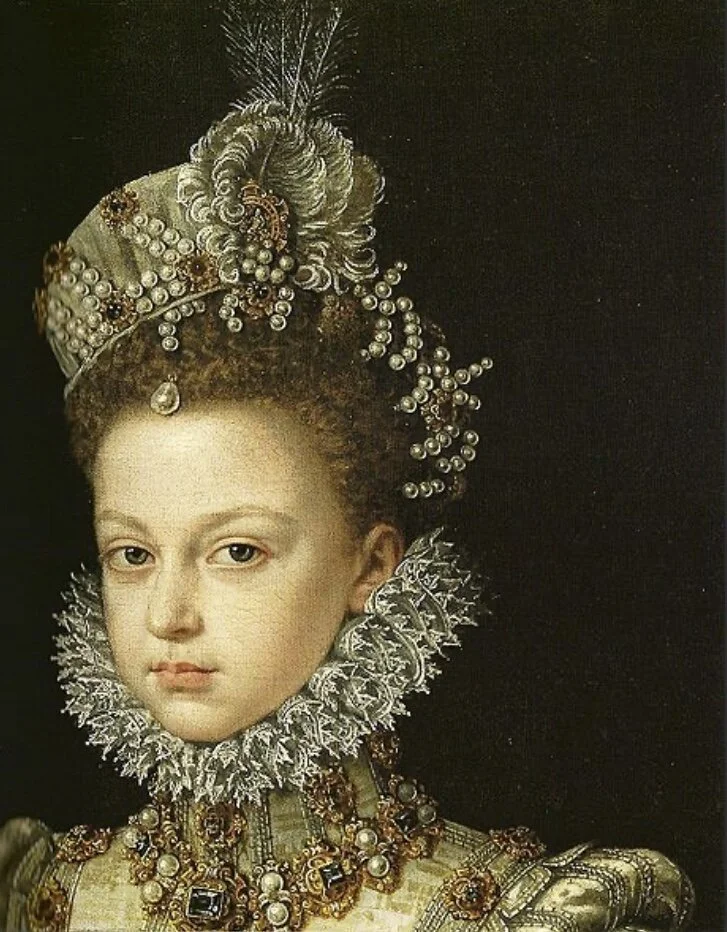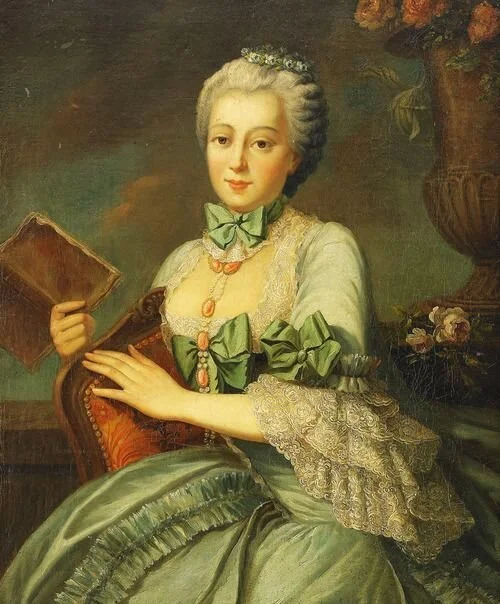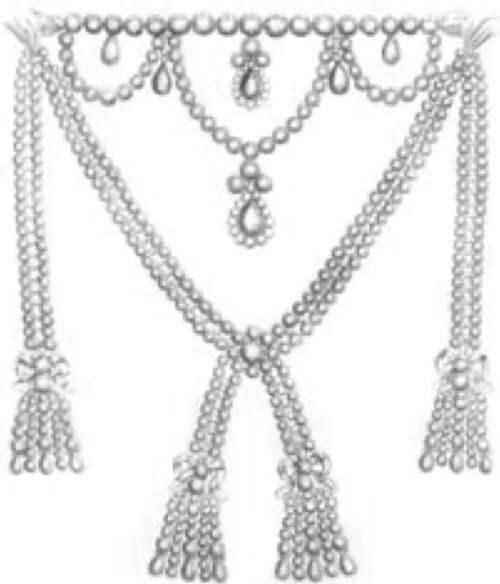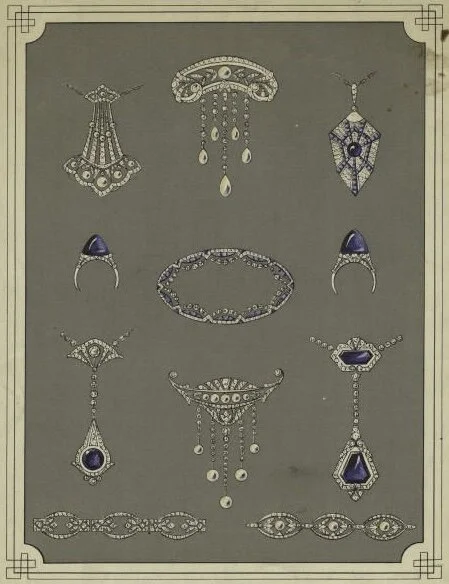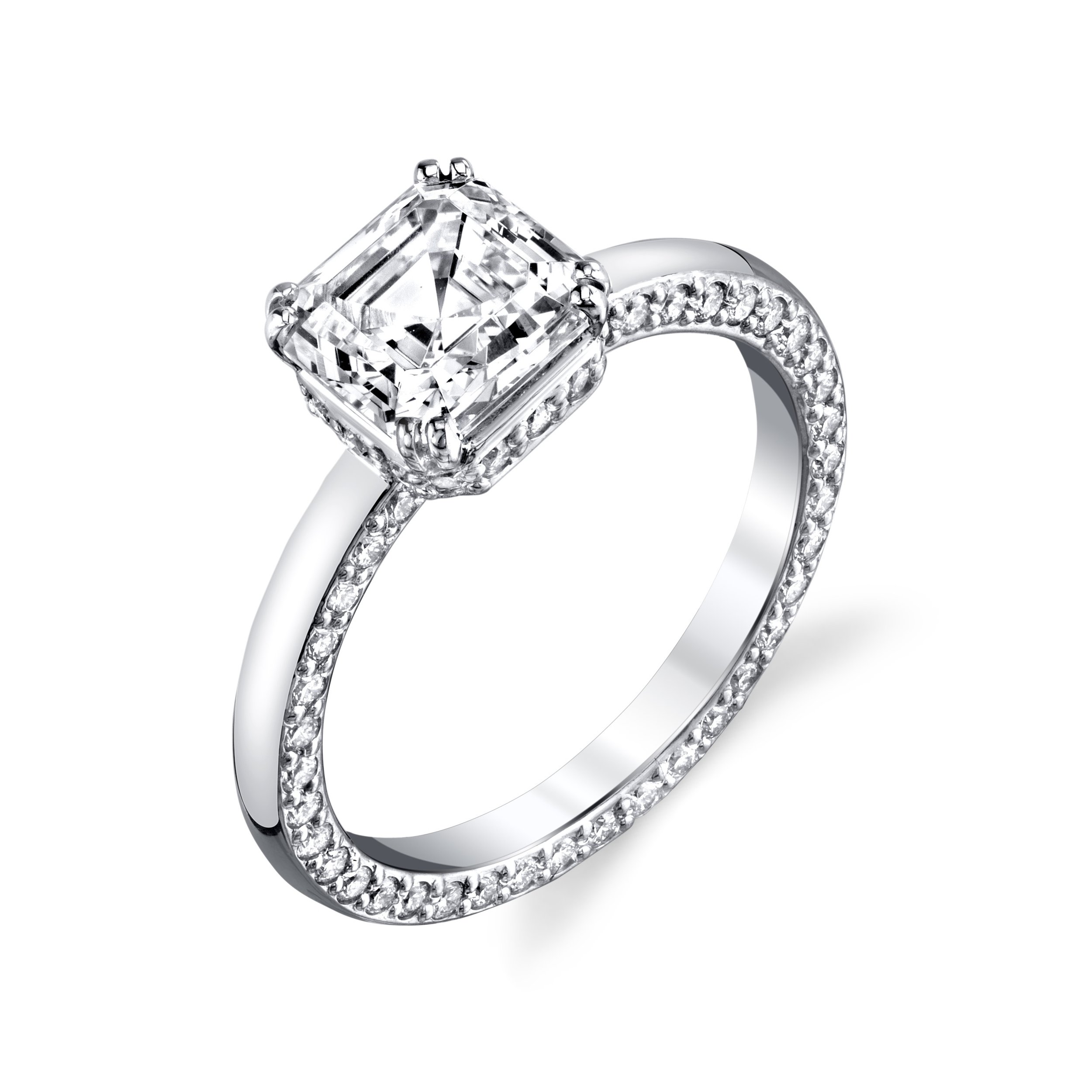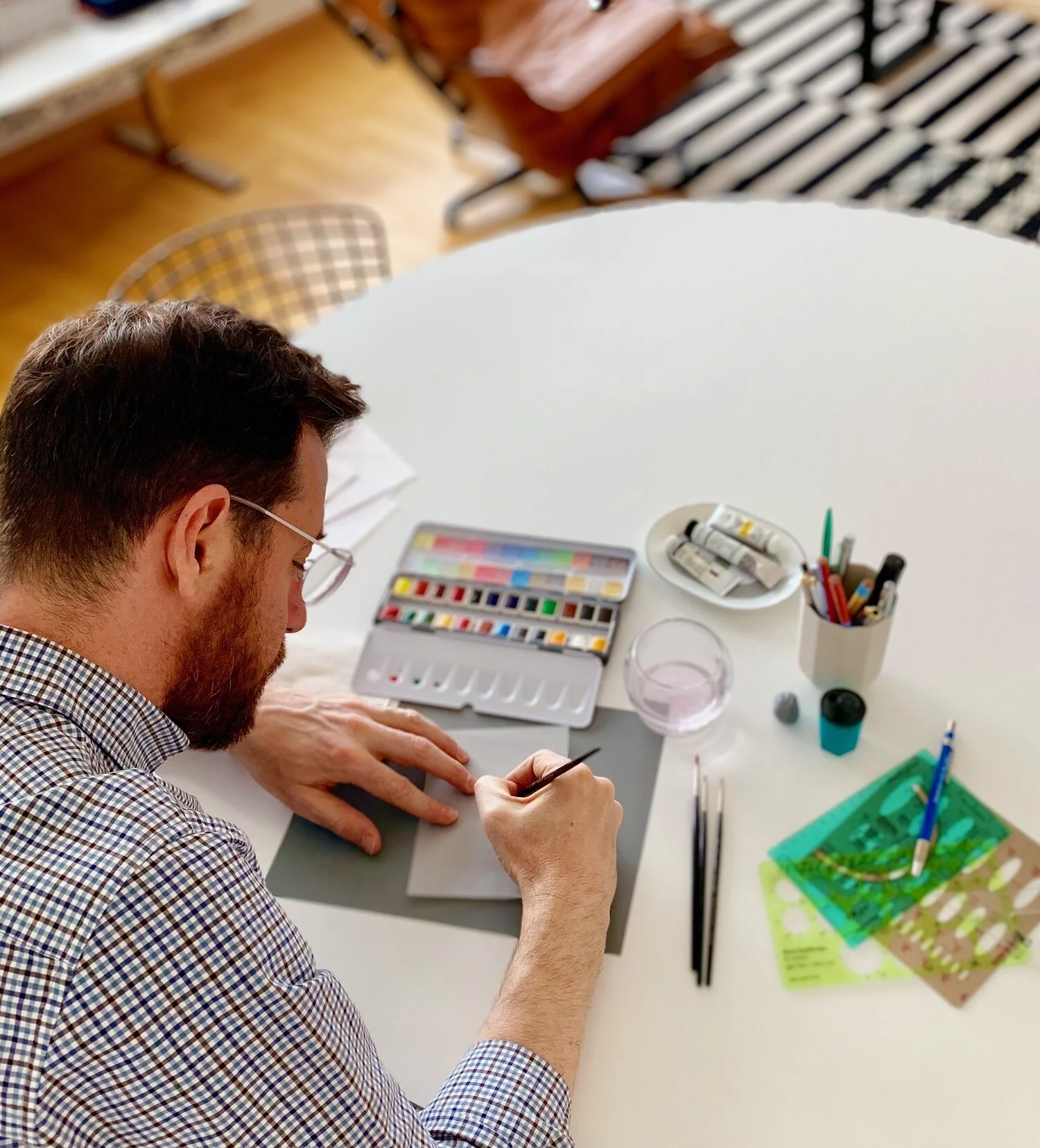I have always had a passion for renderings of jewelry. When I was young I would often find myself in museums admiring the great paintings not as a whole but more specifically, the way the jewelry was presented as the sitter sat for the artist.
In the renaissance period jewelry represented power, wealth and status. Often given it’s portable nature vast wealth was kept by nobility in gemstones which were in turn set into jewelry. During this period most jewelry was designed by painters who would then tell the various craftsmen (smiths, enamelers, polishers and setters) how each step was to be executed. When having a portrait made, the nobility would wear these gems to reveal to all the true extent of their wealth. These paintings would document the heirlooms as they passed from generation to generation.
In the period of enlightenment, jewelry would be painted within portraiture as symbols of the wearer’s worldliness and culture. The jewels would reflect far off places they had visited and demonstrate their sophisticated taste. At this time, there was the emergence of jewelers who would not only design the pieces of jewelry but would also manufacture them in their own workshops.
As part of this process they would create magnificent sketches that would be drawn in pencil as blueprints for pieces to be made that would then become part of the piece’s provenance.
Later in the Art Nouveau period, watercolors and gouache were added to these sketches to give a certain life and presence to the gems. It was during this period that designers who had begun building international followings began to design entire collections based on their most recent inspirations. They also began exploring new ways of manufacturing and new materials to incorporate into these collections.
In today’s technological world photographs are used for documentation and CAD programs for the working drawings. However, to this day there are still artisans like myself who are painting jewelry as they have for centuries.
